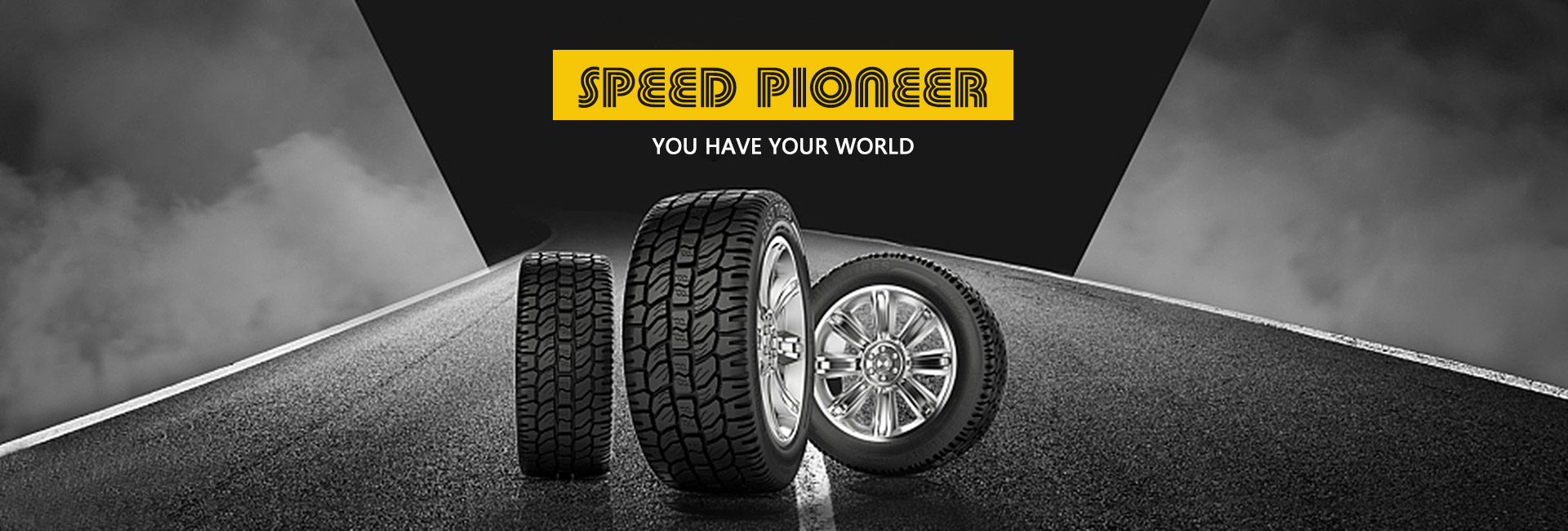Comprehensive Guide to Selecting Essential Metal Railing Components for Your Construction Projects
Understanding Metal Railing Parts A Comprehensive Guide
Metal railings are an essential feature in both residential and commercial buildings, providing safety, aesthetic value, and structural integrity. With a wide range of styles and materials available, understanding the different components of metal railing systems is crucial for anyone involved in construction, renovation, or design. This article explores the various parts of metal railings and their significance.
1. Posts
Posts are the vertical support structures that form the backbone of any railing system. Typically made of sturdy metals such as steel or aluminum, these components are anchored to the ground or floor to provide stability. The height and spacing of posts can vary depending on the design and local building codes; they are usually placed every 4 to 8 feet apart to ensure safety and support.
2. Rails
Rails are horizontal elements that connect the posts and provide a surface to grip for safety. There are generally two types of rails top and bottom rails. The top rail is positioned at a height that is comfortable for users, while the bottom rail adds additional safety and strength. Both types can be designed in various styles, from sleek modern finishes to ornate traditional designs.
3. Balusters
Balusters are the vertical or angled supports that are installed between the top and bottom rails. They play a crucial role in preventing falls by filling the gaps between the rails. The size, style, and spacing of balusters can greatly impact the overall look of the railing. Additionally, they need to be spaced according to local building codes, which often specify a maximum distance that can be left between them to ensure safety.
4. Connectors and Fasteners
metal railing parts

Connectors and fasteners are essential for ensuring that all parts of the railing system come together securely. These include screws, bolts, clamps, and brackets, which must be chosen based on the material of the railing and the type of connection required. Using high-quality fasteners is crucial to maintain the integrity and longevity of the railing. Stainless steel fasteners are often recommended for outdoor applications to prevent rust and corrosion.
5. Post Caps
Post caps are decorative and protective elements placed on the top of the railing posts. They serve both aesthetic and functional purposes, helping to prevent water from entering the post and causing damage. Post caps come in various designs, ranging from simple flat tops to more elaborate styles that can enhance the visual appeal of the railing.
6. Finishes
The finish of metal railing parts influences both the durability and visual appeal of the system. Common finishes include powder coating, galvanization, and anodizing. Powder coating provides a colorful and protective layer that resists scratches and fading, while galvanization protects steel from rust. Anodizing is primarily used for aluminum railings, providing a durable finish that withstands environmental exposure.
7. Customization and Design Options
One of the significant advantages of metal railings is the ability to customize designs. From industrial styles with clean lines to more decorative wrought iron options, metal railings can be tailored to suit various architectural styles. Homeowners and designers can choose from various colors, textures, and configurations to create a unique look that complements the overall aesthetic of a building.
Conclusion
Understanding the various parts of metal railing systems is essential for anyone involved in design, construction, or renovation. Each component plays a critical role in ensuring safety, functionality, and aesthetic appeal. Whether you are looking to install a new metal railing system or refurbish an existing one, recognizing the importance of quality materials and design will help you achieve a durable and visually appealing outcome.
-
Wrought Iron Components: Timeless Elegance and Structural StrengthNewsJul.28,2025
-
Window Hardware Essentials: Rollers, Handles, and Locking SolutionsNewsJul.28,2025
-
Small Agricultural Processing Machines: Corn Threshers, Cassava Chippers, Grain Peelers & Chaff CuttersNewsJul.28,2025
-
Sliding Rollers: Smooth, Silent, and Built to LastNewsJul.28,2025
-
Cast Iron Stoves: Timeless Heating with Modern EfficiencyNewsJul.28,2025
-
Cast Iron Pipe and Fitting: Durable, Fire-Resistant Solutions for Plumbing and DrainageNewsJul.28,2025
-
 Wrought Iron Components: Timeless Elegance and Structural StrengthJul-28-2025Wrought Iron Components: Timeless Elegance and Structural Strength
Wrought Iron Components: Timeless Elegance and Structural StrengthJul-28-2025Wrought Iron Components: Timeless Elegance and Structural Strength -
 Window Hardware Essentials: Rollers, Handles, and Locking SolutionsJul-28-2025Window Hardware Essentials: Rollers, Handles, and Locking Solutions
Window Hardware Essentials: Rollers, Handles, and Locking SolutionsJul-28-2025Window Hardware Essentials: Rollers, Handles, and Locking Solutions -
 Small Agricultural Processing Machines: Corn Threshers, Cassava Chippers, Grain Peelers & Chaff CuttersJul-28-2025Small Agricultural Processing Machines: Corn Threshers, Cassava Chippers, Grain Peelers & Chaff Cutters
Small Agricultural Processing Machines: Corn Threshers, Cassava Chippers, Grain Peelers & Chaff CuttersJul-28-2025Small Agricultural Processing Machines: Corn Threshers, Cassava Chippers, Grain Peelers & Chaff Cutters












